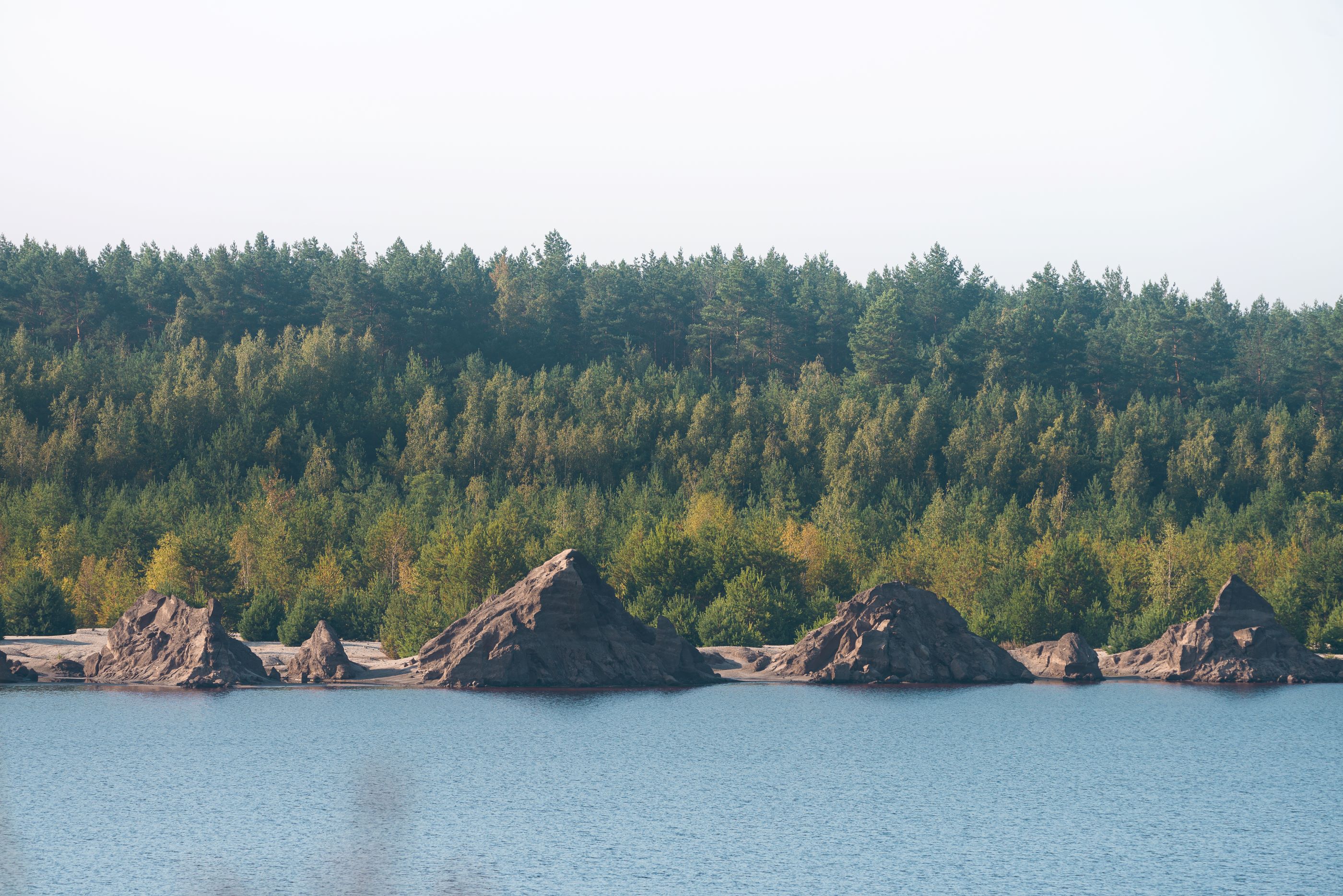- IHM - Serices and knowledge transfer in the field of clutural and natural heritage

Lusatian Post-Open Cast Mining Landscape
Lusatia | Germany
Project Duration: since 2018
The Lusatian Post-Mining Landscape is an extraordinarily extensive example of the development of recultivation measures in the context of coal mining throughout time and documents political and societal paradigm shifts with this regard since the end of the 19th century. It bears material evidence of the evolution of contemporary ideals: Reforestations, recreational areas and agricultural lands, amonst others, are examples of re-use strategies that continue to exist in Lusatia simultaneously. Whereas the discourse regarding mining activities generally has negative connotations, focusing on the respective innovative activities of recultivation provides the chance to sustainably establish a more positive perception of the region.
In 2018, IHM conducted a preliminary study to evaluate whether the Lusatian Post-Mining Landscape potentially holds Outstanding Universal Value. Based on the results of this study IHM, together with the Brandenburg Technical University Cottbus-Senftenberg and the Sorbian Institute, conducted a Feasibility Study from 2020 until 2021. In this context, an Attribute Mapping was conducted to identify an adequate territory for a potential World Heritage site. As part of the development process of a Tentative List entry, extensive activities of policy advise and community involvement were carried out. In October 2020, an application was submitted to the responsible ministries (MWFK Brandenburg and SMR Saxony) for the inclusion of the Lusatian post-open cast mining landscape on the German UNESCO Tentative List. The ministries submitted the proposal to the German Conference of Culture Ministers for consideration for the update of the Tentative List.
In 2022, the project team was expanded once again to include the Tourismusverband Lausitzer Seenland e.V. (Lusatian Lakeland Tourism Association) and the Institut für Neue Industriekultur (INIK - Institute for New Industrial Culture). Together, the partners are currently exploring the question of how Lusatia can make the best possible use of its cultural heritage for the current structural change and regional development. The key to this is first and foremost the recognition of the heritage by the local population. The project team therefore aims to intensify the exchange of ideas with local stakeholders, which should not only result in content-related additions to the value concept, but also enable an understanding of how the Lusatian post-open cast mining landscape can be integrated into the regional identity.
The project is currently still on-going.
Photo credits: IHM / Maximilian Beyers

